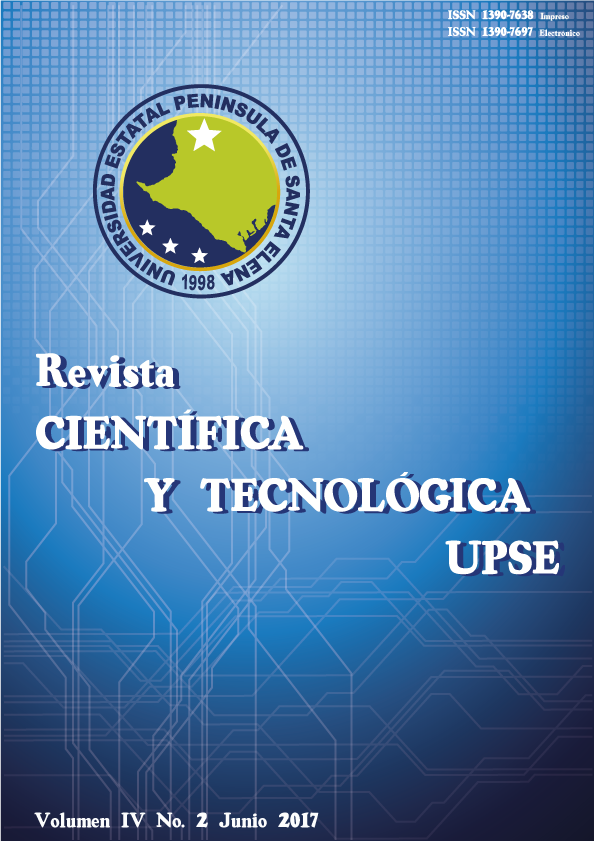Comparative Analysis of Official Tourist Destination Websites
DOI:
https://doi.org/10.26423/rctu.v4i2.275Keywords:
Website quality, Information and Communications Technology (ICT),, e-tourism, Website evaluation, Municipal WebsitesAbstract
The Ecuadorian government has opted for tourism to boost the economy of the country. Although many factors converge to make Ecuador a tourist power, one of the pillars to achieve this is the promotion to generate demand. The use of Information and Communication Technologies (ICT), and the websites take relevance as communication strategies to improve the promotion of a tourist destination. Among the functions performed by the municipal decentralized autonomous governments (GAD) are regulate, control and promote the development of cantonal tourism. Most municipalities have their website where they display tourism information, but very few have an exclusive website to publish tourism information. In addition, as shown in this paper, the tourist information provided is very low. The method that was used in this research was the content analysis through a systematic, objective and quantitative analysis. The study was carried out through a direct observation of the municipal websites in Ecuador and their counterparts in Colombia and Spain. The results showed that the vast majority of municipal GADs own websites but very few are the websites that are making appropriate use of the services that an exclusive web destined to the tourism could offer. Ecuador should work harder to improve its tourism promotion on the Web if it really wants to become a tourist power as posed by the Ecuadorian government.
Downloads
References
Asamblea Nacional. (2008). Constitución del Ecuador. Retrieved from http://www.asambleanacional.gov.ec/documentos/constitucion_de_bolsillo.pdf
Berné Manero, C., García González, M., García Uceda, M. E., & Múgica Grijalba, J. M. (2011). La influencia de las TIC en la estructura del sistema de distribución turístico. Cuadernos de Turismo, (28), 9–22. Retrieved from http://revistas.um.es/turismo/article/view/147141
Blanke, J., & Chiesa. (2013). The Travel and Tourism Competitiveness Report 2013. (W. E. Forum, Ed.) (2013th ed.).
Cann, O. (2015). Spain Tops League of Most Tourist-Friendly Countries. Retrieved from http://reports.weforum.org/travel-and-tourism-competitiveness-report-2015/press-releases/
Covella, G. J. (2005). Medición y evaluación de calidad en uso de aplicaciones web (Tesis de Maestría). Retrieved from http://sedici.unlp.edu.ar/handle/10915/4082
Crotti, R., & Misrahi, T. (2015). The Travel & Tourism Competitiveness Index 2015. (World Economic Forum, Ed.) (2015th ed.).
Donaire, J., & Galí, N. (2011). La imagen turística de Barcelona en la comunidad de flickr.Cuadernos de Turismo, (27), 291–303.
Ministerio de Coordinación de la Politica. (2010). Código Orgánico de Organización Territorial, Autonomía y Desentralización.
Ministerio de Turismo. (2013). Cinco pilares de gestión turística. Retrieved from http://www.turismo.gob.ec/ejes-estrategicos/
Ministerio de Turismo. (2014). El turismo será el eje del cambio de la matriz productiva en Ecuador. Retrieved from http://www.turismo.gob.ec/el-turismo-sera-el-eje-del-cambio-de-la-matriz-productiva-en-ecuador/
Ministerio de Turismo. (2015). Arranca en el país la campaña nacional “Ecuador Potencia Turística.” Retrieved from http://www.turismo.gob.ec/arranca-en-el-pais-la-campana-nacional-ecuador-potencia-turistica/
Organización Mundial de Turismo. (2015). Panorama OMT delturismo internacional(2015th ed.). Retrieved from http://www.e-unwto.org/doi/book/10.18111/9789284416875
Piñeiro Naval, V., & Igartua Perosanz, J. J. (2012). La difusión del Patrimonio a través de Internet. El caso de Castilla y León. Cuadernos de Turismo, (30), 191–217.
Secretaría Buen Vivir. (2016). La nueva forma de hacer turismo que propone Ecuador. Retrieved from http://buenvivir.ec/2016/01/11/la-nueva-forma-de-hacer-turismo-propone-el-ecuador/
SENPLADES. (2013). Plan Nacional del Buen Vivir. Retrieved from documentos.senplades.gob.ec/Plan Nacional Buen Vivir 2013-2017.pdf
Tapia, M. (2015). Factores de calidad en sitios web de destinos turísticos: estado de la cuestión. Hipertext.net, 13. Retrieved from http://raco.cat/index.php/Hipertext/article/view/298417/389441
Downloads
Published
Issue
Section
License
El titular de los derechos de autor de la obra, otorga derechos de uso a los lectores mediante la licencia Creative Commons Atribución-NoComercial-CompartirIgual 4.0 Internacional. Esto permite el acceso gratuito inmediato a la obra y permite a cualquier usuario leer, descargar, copiar, distribuir, imprimir, buscar o vincular a los textos completos de los artículos, rastrearlos para su indexación, pasarlos como datos al software o usarlos para cualquier otro propósito legal.
Cuando la obra es aprobada y aceptada para su publicación, los autores conservan los derechos de autor sin restricciones, cediendo únicamente los derechos de reproducción, distribución para su explotación en formato de papel, así como en cualquier otro soporte magnético, óptico y digital.












